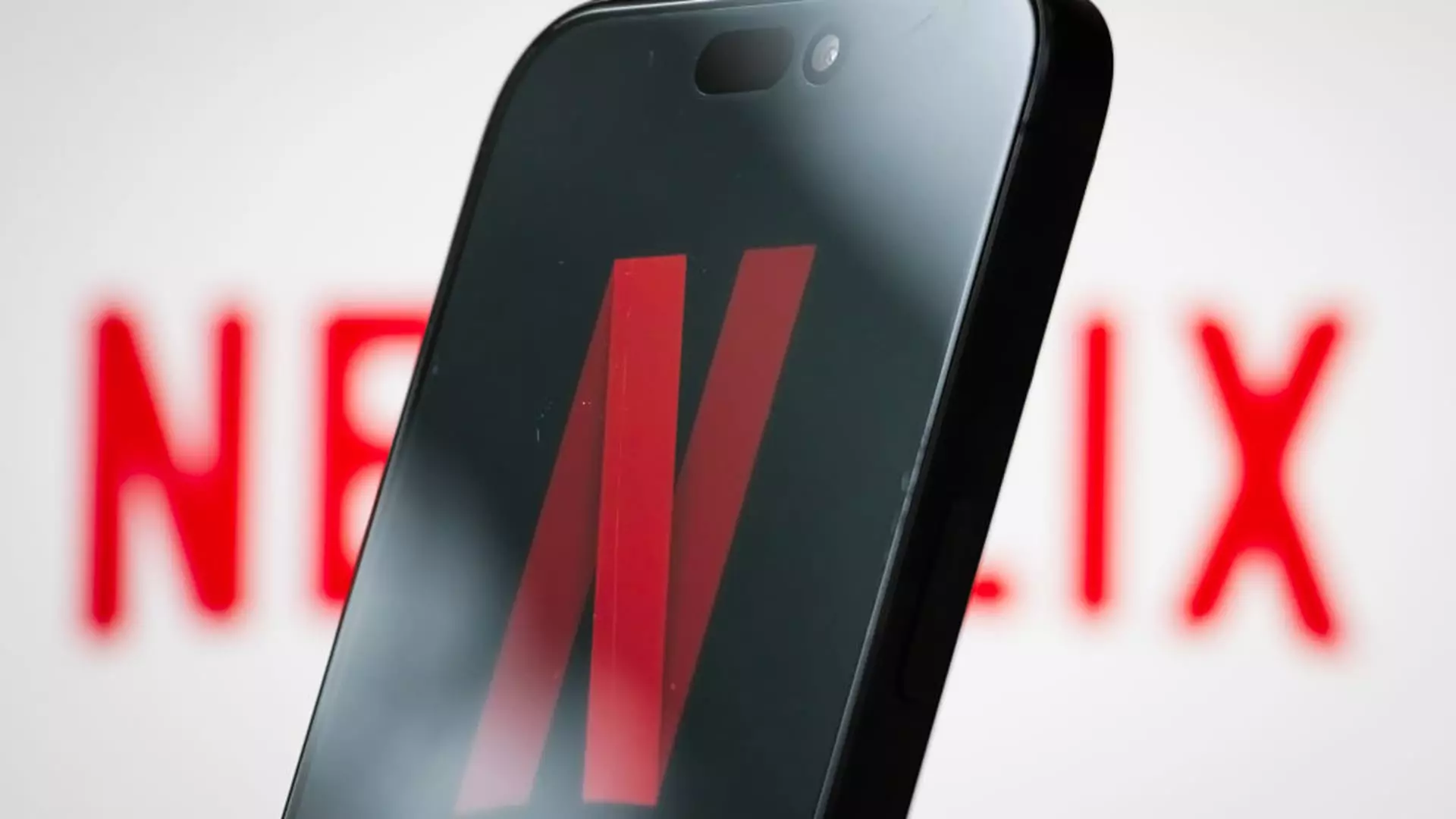As Netflix unveiled its revamped homepage experience, one has to question if this massive endeavor is a genuine response to user needs or merely a desperate grasp at relevance in an over-saturated streaming landscape. With fierce competition from platforms like Disney and HBO Max amplifying, Netflix’s move to modernize feels almost obligatory rather than visionary. They’ve been under intense scrutiny, and the late-game entrance into the vertical video format raises eyebrows—does this signify a company that has lost its creative edge and knows it needs to play catch-up?
The quest for the right content has evolved into a daunting task. Streaming services have proliferated, each offering exclusive series and cinematic tentpoles that vie for our attention. In this context, Netflix’s overhaul aims to streamline the endeavor of finding something to watch, but one has to wonder if this new interface will significantly enhance the user experience or just complicate it further.
Vertical Video: A Trendy But Risky Move
The introduction of a TikTok-style vertical video feed is an intriguing yet risky gamble. While it taps into the habits of younger audiences who consume short-form content on mobile devices, it could alienate long-time Netflix subscribers accustomed to a traditional viewing setup. The splashy allure of vertical video could become a fleeting trend rather than a game-changing feature. What about users who prefer immersive widescreen experiences for their binge-watching sessions? Netflix must tread carefully, or it risks diluting the very essence of what originally drew people to its platform: quality storytelling.
Moreover, the emphasis on immediacy and real-time recommendations appears to be a double-edged sword. While addressing viewer “moods” could keep users engaged, it also assumes a level of emotional and situational awareness that algorithms may not fully grasp. The success of this new direction relies heavily on Netflix’s ability to deliver recommendations that feel intuitive rather than intrusive.
AI: The Future or Just a Buzzword?
Integrating generative artificial intelligence in partnership with OpenAI is another ambitious step forward, but it raises significant concerns regarding the authenticity of the viewing experience. Netflix boldly claims that their AI-powered features will tailor content based on user-specific phrases, but can AI truly understand the subtleties of human likes and dislikes? The initial excitement could fade if users find that personalized recommendations feel more robotic than personal.
One cannot ignore the underlying fear that automation might inadvertently strip away human curation, which has long been an integral aspect of creative industries. While technological advances are generally perceived as the future, there’s a real danger in relying too much on algorithms to dictate human experiences, especially in something as emotive and nuanced as television and film.
Revamping in the Face of Stagnation
It’s apparent that Netflix is grappling with growth stagnation—after weathering some tough years, their latest figures suggest a rebound, but it’s worth questioning how sustainable this growth is if it’s merely a response to volatile market conditions. By introducing a cheaper, ad-supported option along with initiatives to crack down on password sharing, Netflix does show a willingness to adapt. However, these changes often provoke dissatisfaction among current users who prefer a more traditional viewing experience without ads.
Such compromises indicate the platform may still be searching for its identity amidst a rapidly changing landscape, where consumer loyalty can be fleeting. Will these updates result in attracting new subscribers while alienating loyal, longtime audience members?
As Netflix rolls out these updates globally, the core question remains: Are these changes genuine improvements aimed at enriching user engagement, or are they calculated adjustments born out of necessity? In their race to remain relevant in the streaming wars, Netflix may have unwittingly compromised the distinctiveness that initially set them apart, leaving one to speculate whether this overhaul is a necessary evolution or just a desperate last resort in the face of competition.


Leave a Reply